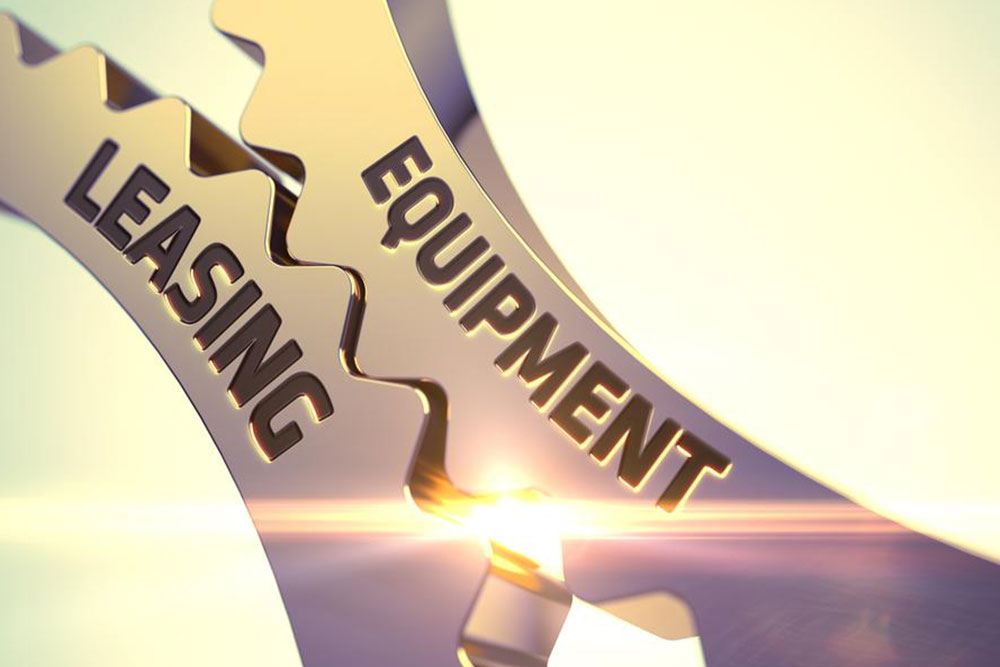Advantages and Disadvantages of Leasing Equipment
Explore the key benefits and drawbacks of equipment leasing to make informed decisions for your business. Leasing offers affordable access to the latest technology with tax advantages and flexibility, but it also comes with potential long-term costs and lack of ownership. Understanding these factors helps you choose the best financial strategy for acquiring essential tools and machinery.

Before making a decision about acquiring new tools or machinery, it's essential to assess your company's current financial situation and needs. When choosing between leasing equipment or buying, cost considerations are often the deciding factor. Here, we explore the key advantages and disadvantages of equipment leasing to help you determine the best course for your business.
Advantages of equipment leasing include:
Access to Cutting-Edge Technology
Leasing allows businesses to consistently upgrade to the latest and most efficient equipment, ensuring optimal performance.
Cost-Effective Solution
Leasing typically costs less upfront than purchasing, facilitating easier budget management over time.
Tax Benefits
Leasing expenses are often fully tax-deductible, reducing your taxable income under IRS regulations, such as Section 179.
Enhanced Flexibility
Leasing offers a variety of equipment options without long-term commitments, allowing easy substitution or upgrades as needed.
Disadvantages of equipment leasing include:
Potential Higher Long-Term Costs
While leasing is beneficial short-term, over extended periods, purchasing might become more economical as leasing can accumulate higher expenses over time.
No Ownership Equity
Leasing does not result in ownership, meaning you can't sell or retain the equipment after the lease ends.
Risk of Wasted Resources
Long lease terms may result in paying for equipment that is no longer needed, leading to unnecessary expenditure.
Limited Control
Lease agreements may restrict customization or usage, and ending a lease early can involve penalties.










